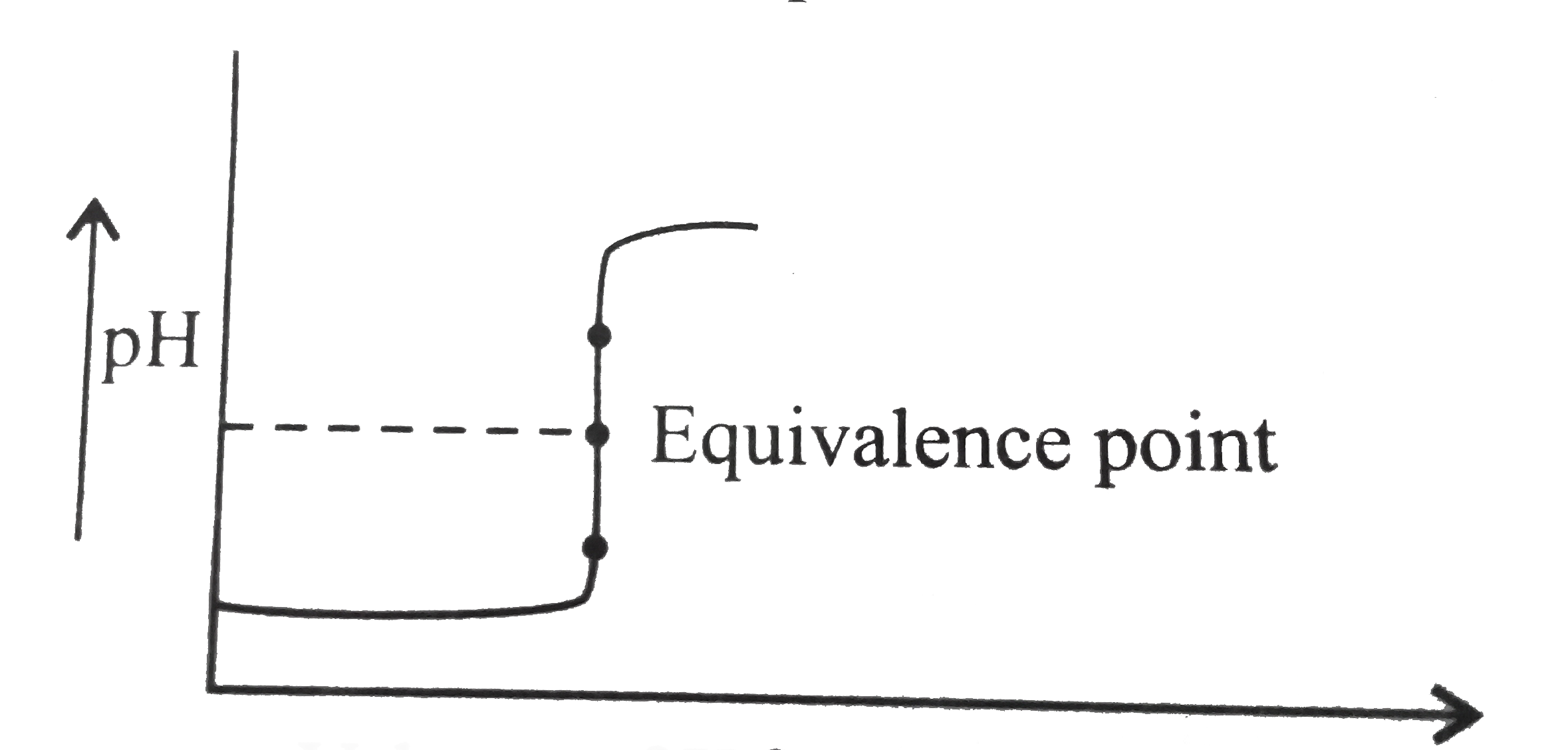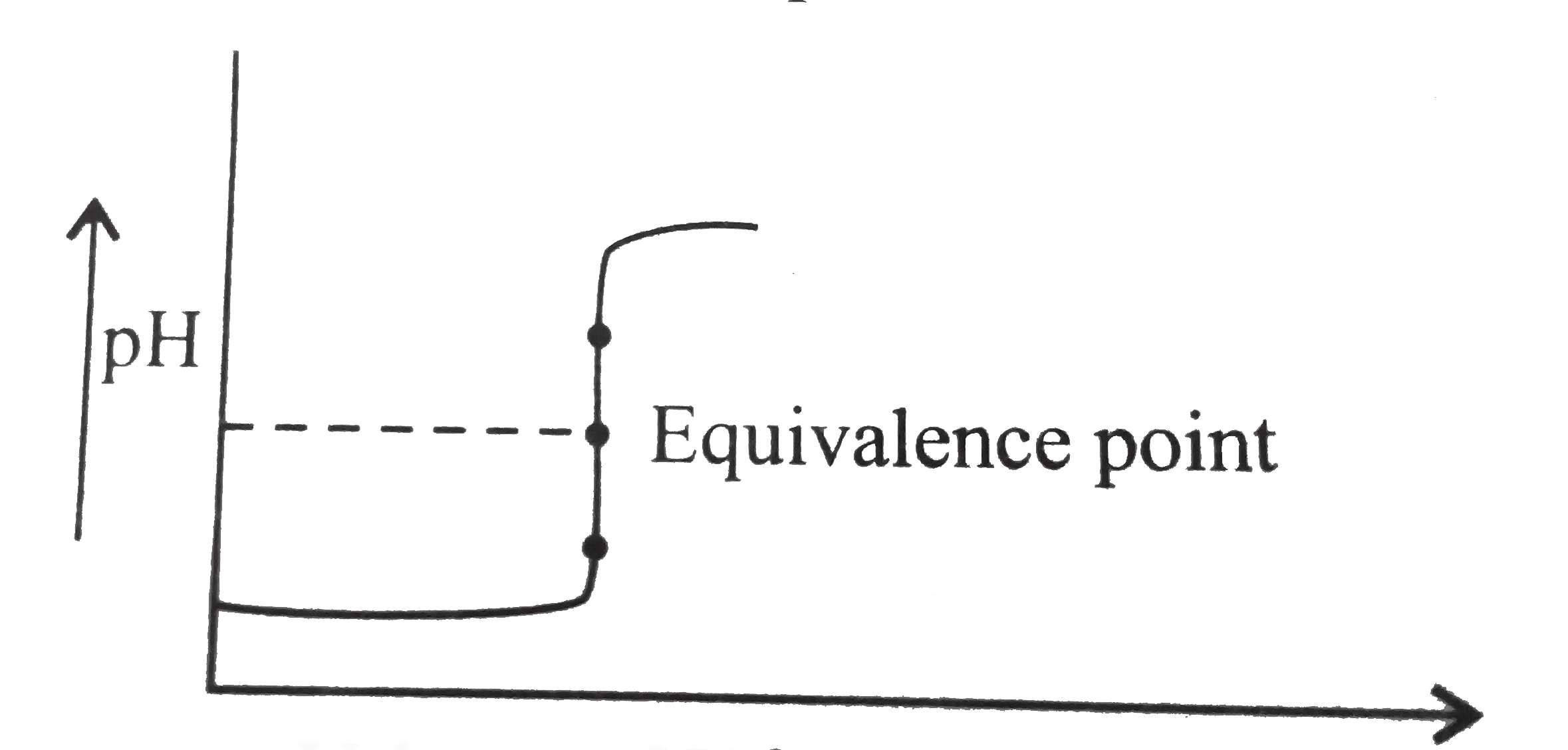In which of the following acid-base titrations, pH is greater than 8 at the equivalent point?
Acetic acid versus ammonia
Acetic acid versus sodium hydroxide
Hydrochloric acid versus ammonia
Hydrochloric acid versus sodium hydroxide
The correct Answer is:B
Step by step video solution for In which of the following acid-base titrations, pH is greater than 8 at the equivalent point? by Chemistry experts to help you in doubts & scoring excellent marks in Class 12 exams.
Updated on:21/07/2023Topper's Solved these Questions
- IONIC EQUILIBRIUMBOOK - VMC MODULES ENGLISHCHAPTER - IONIC EQUILIBRIUMEXERCISE - IN - CHAPTER EXERCISE - A
10 Videos
- IONIC EQUILIBRIUMBOOK - VMC MODULES ENGLISHCHAPTER - IONIC EQUILIBRIUMEXERCISE - IN - CHAPTER EXERCISE - B
10 Videos
- IONIC EQUILIBRIUMBOOK - VMC MODULES ENGLISHCHAPTER - IONIC EQUILIBRIUMEXERCISE - PRACTICE EXERCISE - 5
5 Videos
- INTRODUCTION TO ORGANIC CHEMISTRY BOOK - VMC MODULES ENGLISHCHAPTER - INTRODUCTION TO ORGANIC CHEMISTRY EXERCISE - JEE ADVANCED ARCHIVE
81 Videos
- JEE MAIN - 5BOOK - VMC MODULES ENGLISHCHAPTER - JEE MAIN - 5EXERCISE - PART II : CHEMISTRY (SECTION - 2)
5 Videos
Similar Questions
In which of the following acid-base titration, the pH is greater than 8 at the equivalence point ?
View SolutionIn which of the following case pH is greater than 7 ?
View SolutionWhich of the following are true for an acid- base titration?
View SolutionWhich of the following is/are true for an acid- base titration?
View SolutionWhat is the realtionship between [KIN and pH at the equivalence point ?
View SolutionAcid-base indicator such as methy1 orange, phenolphthalein, and bromothymol blue ate substances which change colour accroding to the hydrogen ion concentration of the solution to which they are added.
Most indicators are weak acids (or more rarely weak base) in which the undissociated and dissociated forms have different and distinct colours. If methy1 orange is used as the examples and the un-dissociated forms is written as HMO, then dissociation occurs as shown below:
Reaction: HMO⇔H⊕+MOΘRedColourlessYellow
The indicator should have a sharp colour change with the equivalence point of the titration. Usually the colour change of the indicator occurs over a range of about two pH units. It should be noted that the eye cannot detect the exact end point of the tiytration. The pKa of the indicator should be near the pH of the solution at the equivalance point.
Which of the following sitution exists at the equivalence point of titration?
View SolutionIn acid-base titration react rapidly to neutralise each other. Equivalence point is a point at which the acid and the base (or oxidising agent and reducing agent) have beem added in equivalent quantities. The end point in the point at which the titration stops. since the purpose of the indicator is to stop the titration close to the point at which the acid and base were added in equivalent quantities, it is important that the equivalent point and the end point be as close as must change colour at a pH close to that of a solution of the salt of the acid base. Singificantly, the pH changes most rapidly near the equivalent point. The exact shape of a titration curve depends on Ka and Kb of acid and base.

The following curve represents titration curve of HCI against KOH. The pH at equivalent point is
Examine the titration curve below and answer the question.

View SolutionAn acid-base titration consists of the controlled addition of a dissolved base to a dissolved acid (or the reverse). Acid and base react rapidly to neutralize each other. At the equivalence point, equivalents of reacting substances are equal. The pH during a titration changes every time with a drop of titrant added, but the rate of this change varies enormously. A titration curve, graph of pH as a function of the volume of titrant, displays in detail how the pH changes over the course of an acid base titration. Significantly. the pH changes most rapidly near the equivalence point. The exact shape of a titration curve depends on the KaandKb of acid and base
The suitable indicator for this titration will be:
View SolutionDuring the titration of a weak diprotic acid (H2A) against a strong base (NaOH), the pH of the solution half-way to the first equivalent point and that at the first equivalent point are given respectively by:
View SolutionIn acid-base titration react rapidly to neutralise each other. Equivalence point is a point at which the acid and the base (or oxidising agent and reducing agent) have beem added in equivalent quantities. The end point in the point at which the titration stops. since the purpose of the indicator is to stop the titration close to the point at which the acid and base were added in equivalent quantities, it is important that the equivalent point and the end point be as close as must change colour at a pH close to that of a solution of the salt of the acid base. Singificantly, the pH changes most rapidly near the equivalent point. The exact shape of a titration curve depends on Ka and Kb of acid and base.

The curve represents the titration of
View Solution
